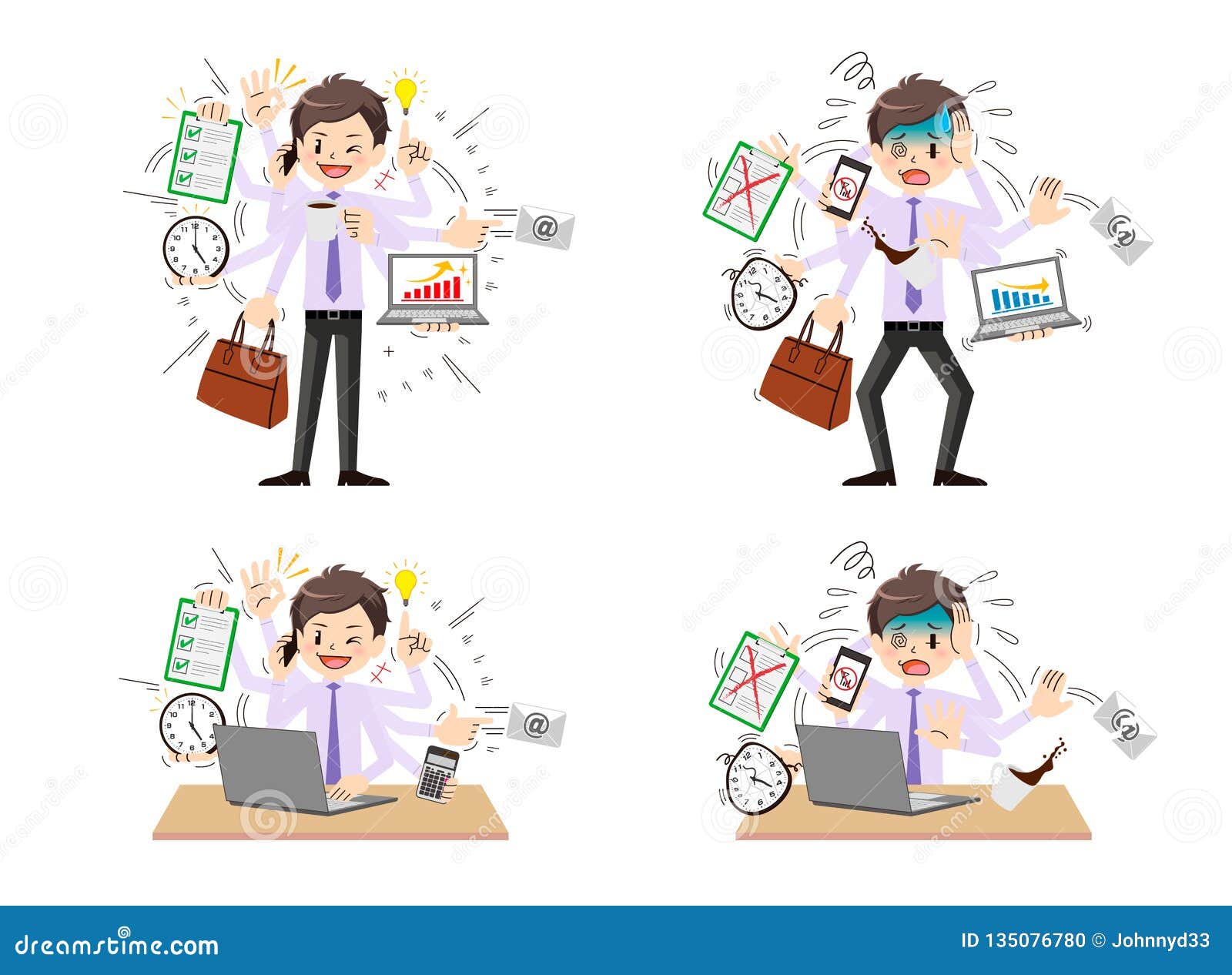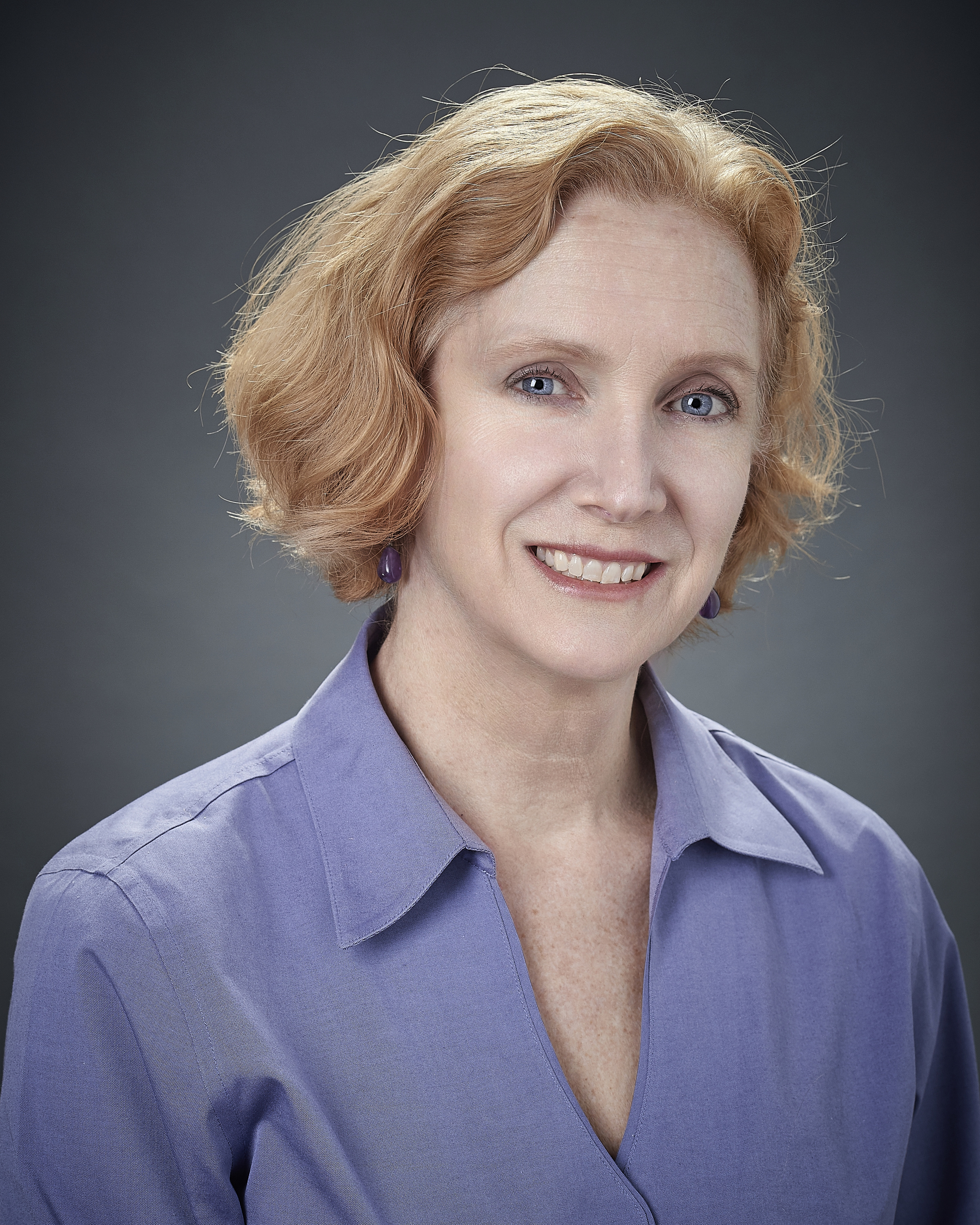

Instead, it is more like I.Q.: most people cluster in an average range, but there is a long tail where only a tiny fraction-single digits among thousands-will ever find themselves.

According to Strayer, multitasking isn’t part of a normal distribution akin to birth weight, where even the lightest and heaviest babies fall within a relatively tight range around an average size. Strayer believes that there is a tiny but persistent subset of the population-about two per cent-whose performance does not deteriorate, and can even improve, when multiple demands are placed on their attention. “And she did even better when she was driving.” She flew through it like a hot knife through butter.” In her pre-test, Cassie had made only a single math error (even supertaskers usually make more mistakes) when she started to multitask, even that one error went away. “Some people come out woozy-I have a headache, that really kind of hurts, that sort of thing. “It’s a really, really hard test,” Strayer recalls. Two made every cut-and Cassie in particular was the best multitasker he had ever seen. They performed admirably but failed to hit the stringent criteria that the researchers had established: performance in the top quartile on every individual measure that remained equally high no matter how many tasks were added on. Four, Strayer and his colleagues found, were good-but not quite good enough. Most had fared poorly, as expected in the London lab were the six who had done the best. That’s what he was doing in London: examining individuals who seemed to be the exception to the multitasking rule. “So we spent about a month trying to see an error.” The data looked solid, though, and so Strayer and his colleagues decided to push farther. She was, in other words, what Strayer would ultimately decide to call a supertasker.Ībout five years ago, Strayer recalls, he and his colleagues were sorting through some data, and noticed an anomaly: a participant whose score wasn’t deteriorating with the addition of multiple tasks.

There she was, driving, doing complex math, responding to barking prompts through a cell phone, and she wasn’t breaking a sweat. As she took on more and more tasks, she didn’t get worse. What, then, was going on here in the London lab? The woman he was looking at-let’s call her Cassie-was an exception to what twenty-five years of research had taught him. “Our brain can’t handle the overload,” Strayer told me.
#Skilled multi tasker drivers
In 2010, the National Safety Council estimated that twenty-eight per cent of all deaths and accidents on highways were the result of drivers on their phones. When Strayer and his colleagues observed fifty-six thousand drivers approaching an intersection, they found that those on their cell phones were more than twice as likely to fail to heed the stop signs. Outside the lab, too, the multitasking deficit held steady. Reaction time slowed, attention decreased to the point where they’d miss more than half the things they’d otherwise see-a billboard or a child by the road, it mattered not. Over the course of a decade, he and his colleagues had demonstrated that drivers using cell phones-even hands-free devices-were at just as high a risk of accidents as intoxicated ones. Most recently, Strayer had been focussing on people who drive while on the phone. Each time someone tried to focus on more than one thing at a time, performance suffered. Methods had come and gone, theories had replaced theories, but one constant remained: humans couldn’t multitask. For his entire career, Strayer, a professor of psychology at the University of Utah, had been studying attention-how it works and how it doesn’t. In 2012, David Strayer found himself in a research lab, on the outskirts of London, observing something he hadn’t thought possible: extraordinary multitasking. There is generally an inverse relationship between how good people are at multitasking and how good they think they are. “ Multitask Masters,” by Maria Konnikova.


 0 kommentar(er)
0 kommentar(er)
